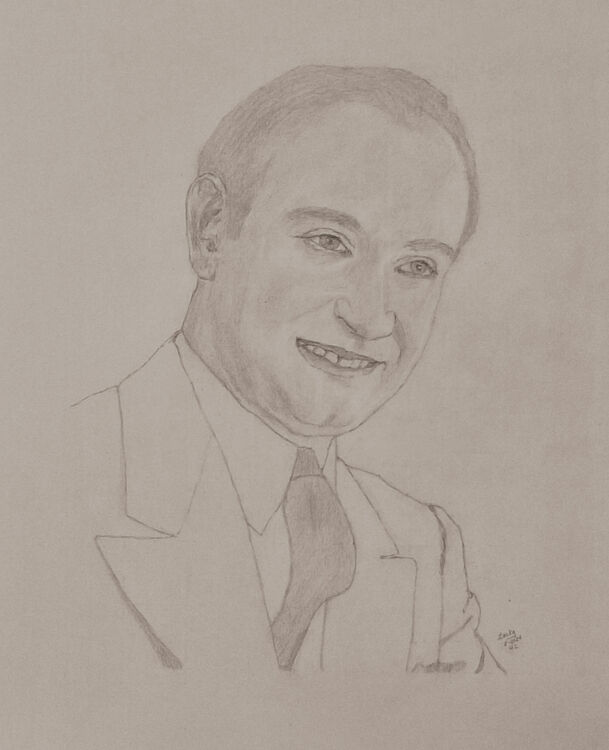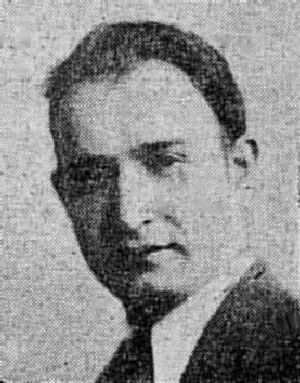Eli Mintz
Eli Mintz was born in August 1904 in Lemberg, Galicia. He was the brother of the very popular Yiddish actor Ludwig Satz.
He learned in a religious elementary school, and then in a secular school.
As a child he was forced to trade on the street.
During World War I, young Eli sang at the synagogue.
In 1918 he left for Krakow where he studied and made a living working in a coffee house.
In 1920 Eli returned to Lemberg, joined the chorus of the theatre manager Gimpel and played in small parts, debuting as the “Bridegroom” in Ansky’s “The Dybbuk."
He then returned to Krakow, where he again worked as a waiter, in a restaurant this time. Later he was accepted into Adolf Meltzer’s troupe, then into other troupes, whiile at the same time making a living as a waiter or merchant.
In 1924 he went to Danzig, where, for a short time, he worked as waiter, and then as a haberdasher, while simultaneously playing the role of the “lover” at the local Peretz association.
In July 1927, Eli arrived in America, where he worked in a shop and, although he continued working there, during the 1928-29 season he appeared on stage as Eli Mintz in small roles with Maurice Schwartz's Yiddish Art Theatre.
During the 1929-30 season he acted with Isidore Hollander in Boston, toured with Leon Blank at the end of the season, and in the summer once again worked as a waiter.
During the 1930-31 season he played at the intimate Art Theatre, and when the theatre closed down, he became a waiter at "Unzer Kemp," or “Our Camp," where he also organized a theatre evening for the diners at the camp.

